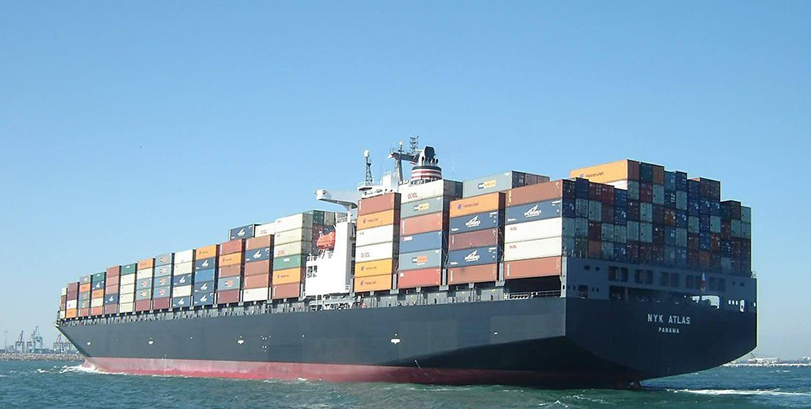MARIN – Structural Integrity of Marine Structures #SWI2012
Operators of ships and offshore structures face the responsibility of maximizing the operational window while taking care of the safety onboard. Periodic inspections help the operator to assess if the structure is still in one piece and whether repairs are required. Continuous monitoring of the structure’s response as motions and stresses is increasingly used to assist the operator in this. By comparing the measured responses to the design limits, the operator can not only identify when the structure will fail, but can also prevent that it fails. Today, we are further increasing the effectiveness of the operator by linking inspection and continuous monitoring to design tools. This enables the operator to safeguard more than the inspected or monitored locations and to better assess new operational conditions.
Using the design tools during operations requires that we gradually update the design conditions (i.e. the input for the tools) by the actual conditions. Moreover, it requires that we gradually update the design characteristics (i.e. the design tool parameters) by the actual characteristics of the structure. And here lies the challenge of this project.
The major part of the tool parameters is described by Response Amplitude Operators (RAO). Each RAO presents the ratio between the structure’s response and the wave height as a function of the wave period and the wave direction. Long-crested uni-directional waves are assumed. The responses are the motions in the six degrees of freedom, the hull girder bending loads, the local stresses, etc. To update the RAO’s we perform long-term wave and structural response measurements during operation. The waves during operation however propagate in multiple directions at the same time, are short crested, and are measured at a distance from the ship or offshore structure. The response measurements are therefore not unambiguous linked to the wave measurement by RAO’s.
Objectives
MARIN hopes that SWI can help to improve the physical and mathematical understanding of how to
- gradually update a tool parameter described as an RAO’s by long-term measurements assuming ‘perfect waves’, i.e. long-crested uni-directional waves with a wave direction varying in time. The tool parameter might be non-stationary.
- adjust the update technique for the fact that actual waves are ‘not perfect’, i.e multi-directional, short crested, and measured at a distance from the ship or offshore structure, however maximizing the fact that there are long term measurements.
Measurement data and design RAO’s will be made available for this project.

